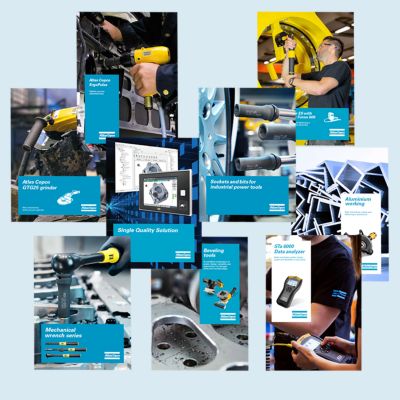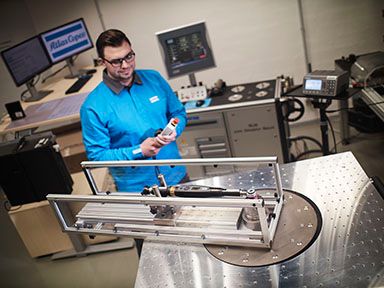What do we need for a long-term bond?
Modern joining technology for bonding sensitive components
The rules of joining two materials are being rewritten by modern processes for dispensing industrial adhesives, opening up completely new possibilities. Especially when it comes to connecting both small and large components cost-effectively and without any mechanical impairment. But what exactly do we have to bear in mind if we want the bond to be permanent?

“Adhesive bonding opens up new possibilities: many lightweight structures would not be possible without industrial adhesive bonding. Adhesive bonding not only saves on weight but preserves the structure of the components without damaging them. However, it is good to know that experienced partners are on hand to ensure that durable adhesive joints can be made, especially in safety-relevant applications. ”
Sebastian Schmitt Sales expert product line Scheugenpflug
How does adhesive bonding work?
The three rules for successful bonding can be summed up as follows: apply evenly – match – bond. The adhesive should be applied as evenly as possible, and the dispensed bead diameter and length should be matched to the adhesive joint. The parts that are to be bonded with adhesives and cross-linked under the influence of moisture must be combined before the adhesive has formed a skin. What’s more, the pressure must be as uniform as possible.
Factors for a durable bond: Load types and environmental effects on materials over time
Good planning is key – and starts with the design
The quality of the surfaces to be bonded has a major influence on the bonding function in addition to the factors shown in the diagram and the materials involved. Is the material strong enough? Should the surfaces be precleaned and are the materials to be dispensed even suitable? The keyword here is adhesion. The surface tension is also important. For example, polyamides, glass-fiber-reinforced plastic and polycarbonates have much better adhesion than rubber, polyethylene or polyoxymethylene.
Dispensing systems for reliable connections
At the same time, the requirements of the components in terms of their variants and geometries must be taken into consideration. It is also important to take into account factors from the production environment, such as the cycle time and the location of the plant. Well planned adhesive processes can be reliably integrated in series production.
What are the top three benefits of adhesive bonding in production?
Adhesive bonding is:
- Highly functional: Highly functional industrial adhesives lead to a significant reduction in weight
- Unchanging: Both the surface and the structure of sensitive components remain unchanged
- Hybrid: Combined joining techniques in industrial production fulfill several functions: permanent adhesive bonding with simultaneous sealing of the joint or additional heat dissipation when using thermal interface materials (TIM).







